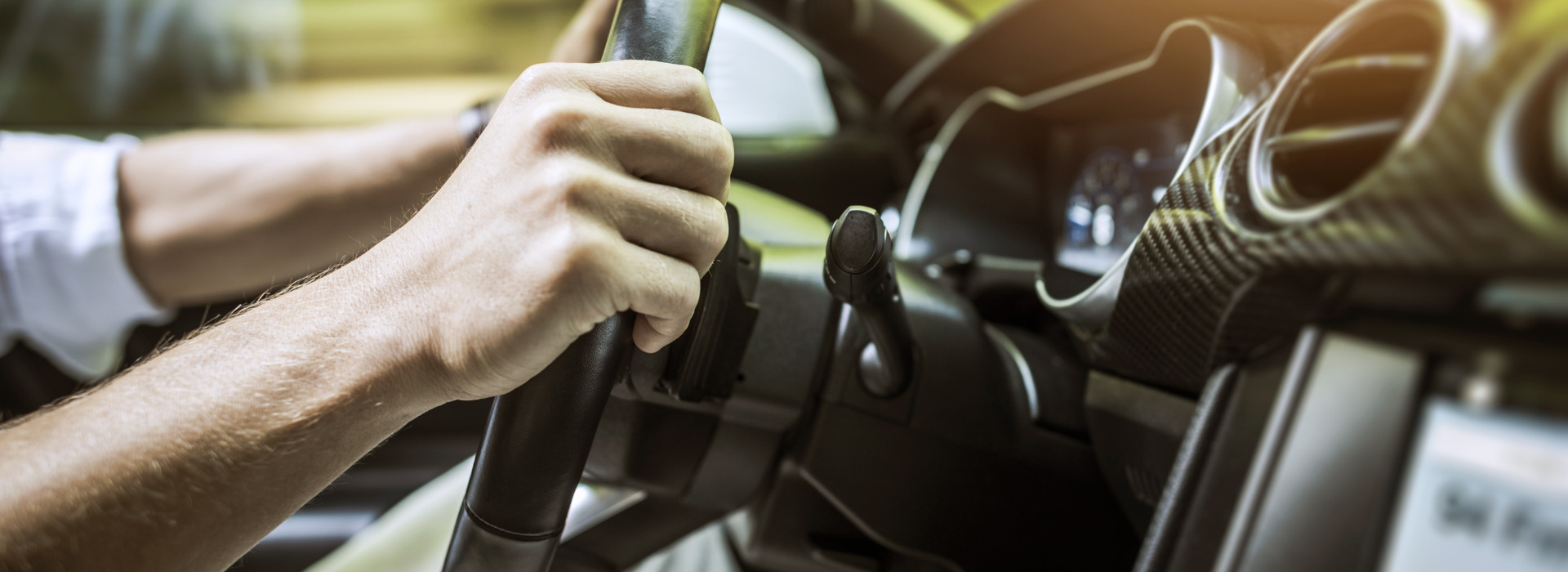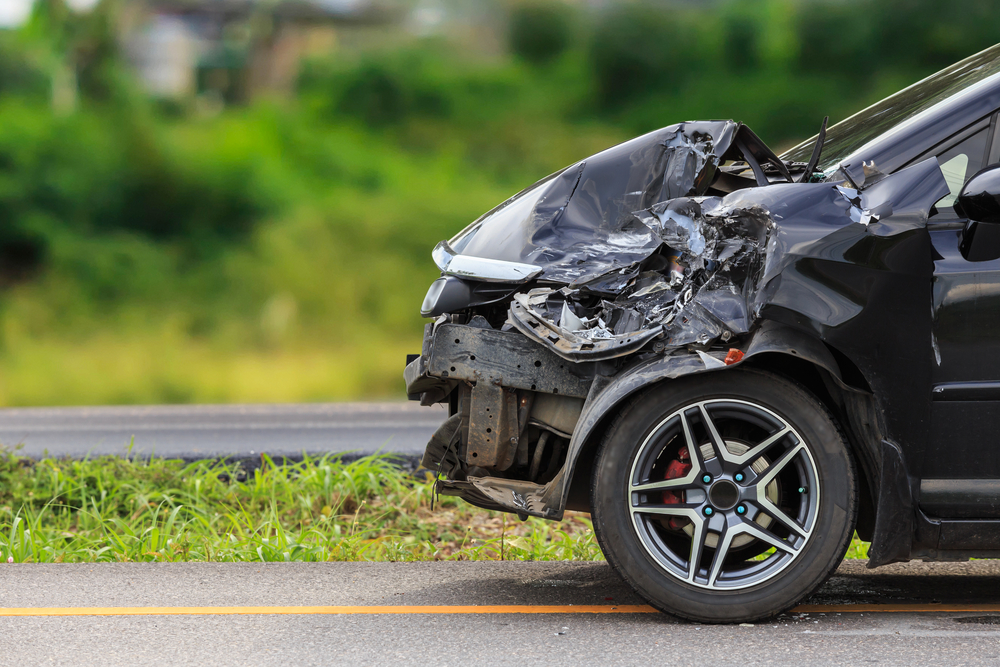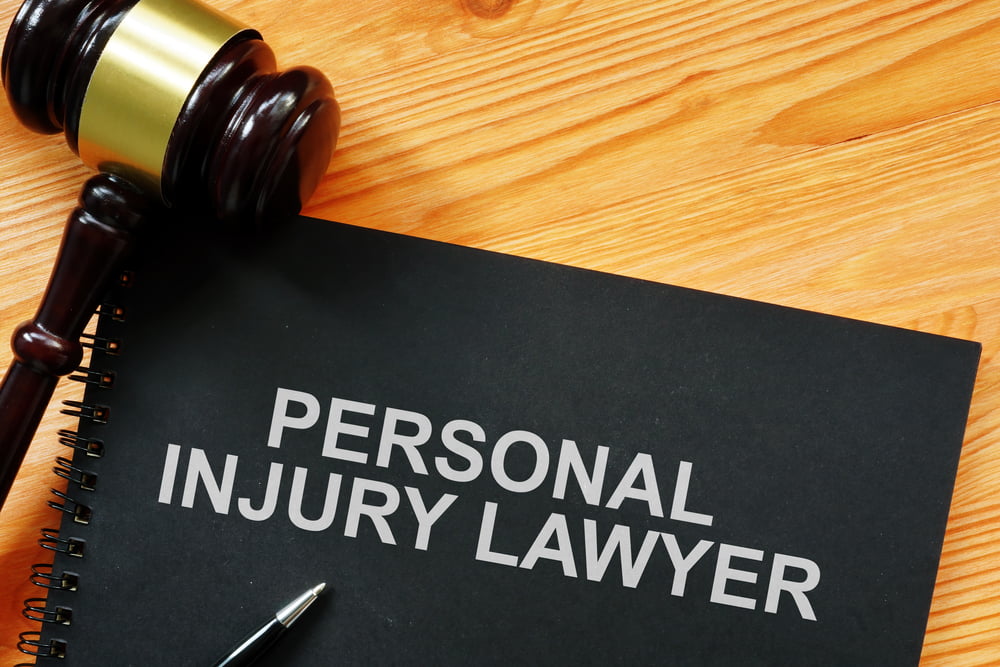Injured Albertans are often unsure of compensation when they are involved in a single-vehicle collision. After a motor vehicle accident (MVA), the bills can pile up quickly. Medication, braces, mobility aids, physiotherapy, ambulance rides, and counselling are all extremely expensive. Depending on your insurance coverage, you may be responsible for these costs. For this reason, it is important you reach out to an experienced lawyer soon after your accident to be informed of your rights.
In multi-vehicle collisions, compensation for medical expenses is not a big issue as the at-fault party is responsible for immediate medical costs; and when you retain an experienced injury lawyer, he or she will seek compensation for future care costs on your behalf. In what follows, we will break down the process of launching a claim stemming from a single-vehicle collision, when a claim is possible, and when a claim is not possible.
What is a single-vehicle collision?
Single-vehicle collisions are those involving only one vehicle. A vehicle hitting a pole, a curb, a tree, or spinning out into the ditch are examples. The overwhelming majority of single-vehicle collisions are caused by driver error, but not all. As we will see, fault determination is critical in single-vehicle collisions.
Can I launch a Claim in a Single Vehicle Collision?
The driver in a single-vehicle collision caused by his or her own negligence cannot sue for damages. There is no at-fault party to sue outside of the driver, and at-fault parties cannot sue their own insurance for compensation. It is likely the at-fault driver will be cited by the police for violating traffic laws and causing a collision.
In certain circumstances, the driver in a single-vehicle collision may have a claim. Admittedly, these situations are few and far between. If the roadway is unkempt and dangerous, causing a driver to lose control, he or she is not responsible for the collision and may be able to launch a claim against the municipality. These claims, unfortunately, are difficult to establish and often require a finding of gross negligence on the part of the defendant municipality. This is a very high threshold.
Another situation where the driver in a single-vehicle collision may launch a claim is where another motorist causes the driver to crash. An example of this is swerving out of the way to avoid hitting a vehicle that has turned in front of you. The above situation is technically not a single-vehicle collision, however.
What About Passengers in Single Vehicle Collisions?
By far the most common, and successful, claim to stem from a single-vehicle collision is that of a passenger. When a passenger is injured in a single-vehicle collision, they typically have a source of compensation available. The bottom line is that they were injured due to negligence other than their own. In most cases, it is the negligence of the driver. This means that a passenger must sue the driver of the vehicle; or more accurately, sue their insurance.
As a side note, if a passenger is responsible for causing a single-vehicle collision, by interfering with the driver’s safe operation of the vehicle, then they become the at-fault party and open themselves up to liability. This means that the driver can sue the passenger for causing the collision. Again, these claims are difficult to establish as keeping the vehicle on the road is the driver’s responsibility. If the driver does not have witnesses that can speak to what happened, they face an uphill battle in establishing a claim.
When the driver is a friend, spouse, or family member, injured passengers are often apprehensive and unsure whether to launch a claim. This is a sad reality that far too many injured Albertans face. When an injured passenger decides not to launch a claim, they are faced with the terrible situation of having no compensation for their injuries and bearing the brunt of costly medical bills.
The truth is, when an injured passenger does not seek compensation, the only party that wins is the insurance company as they are not required to compensate anyone for their injuries. The at-fault driver’s insurance premiums will increase due to their status as an at-fault party in a collision. Passengers’ claims have minimal (if any) effect on further premium increases. And to be fair, situations, where passengers are injured, is the exact reason why drivers must carry liability coverage. Put yourself in the driver’s shoes, wouldn’t you want compensation for your friend or loved one?
In situations where spouses are injured in single-vehicle collisions, it is in the best interest of all parties for the passenger to launch a claim. This is a very common situation and one we deal with frequently at James H. Brown. We advise the passenger to launch a claim as this is the only opportunity for the couple to realize any compensation. Additionally, at least one of the two parties will have medical expenses paid for. This, in turn, lessens the burden on the whole family.
Although the above spoke of passengers launching a claim against divers in single-vehicle collisions, the exact same process is open to passengers who are injured in multi-vehicle collisions. They too can sue the at-fault driver.
James H. Brown and Associates: Unrivalled Success in Injury Law
For nearly three decades, James H. Brown and Associates have worked with car accident victims and their families to help them attain complete, fair compensation for their injuries. Our team of experienced injury lawyers understand firsthand what it’s like to be injured in a car accident, and are ready to stand up for your rights while supporting you on the road to recovery.
With over 200 years of combined injury law experience, James H. Brown and Associates understand that no two accidents are alike. That’s why we proudly provide a complete range of services and support for our clients, including:
- An experienced team of injury lawyers with an unrivalled record of success.
- Investigation and evidence preservation services, including accident reconstruction.
- Strong relationships with organizations ready to assist with rehabilitation and recovery.
- And much more!
Have You or a Loved One Been Injured in a Car Accident?
Contact us today to book a free, no-obligation consultation with James H. Brown and Associates’ injury lawyers.

















